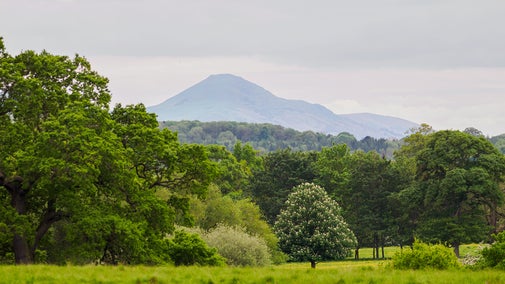Eight ditched enclosures and associated remains, many believed to be Iron-Age or Romano British farmsteads, have also been detected by the survey. These would have likely been small farms perhaps supplying food for the adjacent city, four of these were completely unknown until now.
In addition, evidence for several Roman roads to the west of Wroxeter were identified and surveys have substantially enhanced archaeologists’ understanding of the settlement activity immediately outside the defences of the city and the changing use of the area during Roman times.
Elsewhere on the estate, new features associated with a previously known Anglo-Saxon Great Hall complex have been detected, as well as substantial evidence which furthers existing knowledge of RAF Atcham airfield, and its runways, perimeter defences and landscaping.
Enhanced understanding of this archaeologically significant landscape provided by the survey results is enabling the Trust to progress with confidence as it plans land use changes with its tenants to help capture carbon, build climate resilience, and support nature restoration in North Shropshire. Insight and learning from this work will be shared to help others sensitively plan for new woodlands in complex historic environments around the country.














